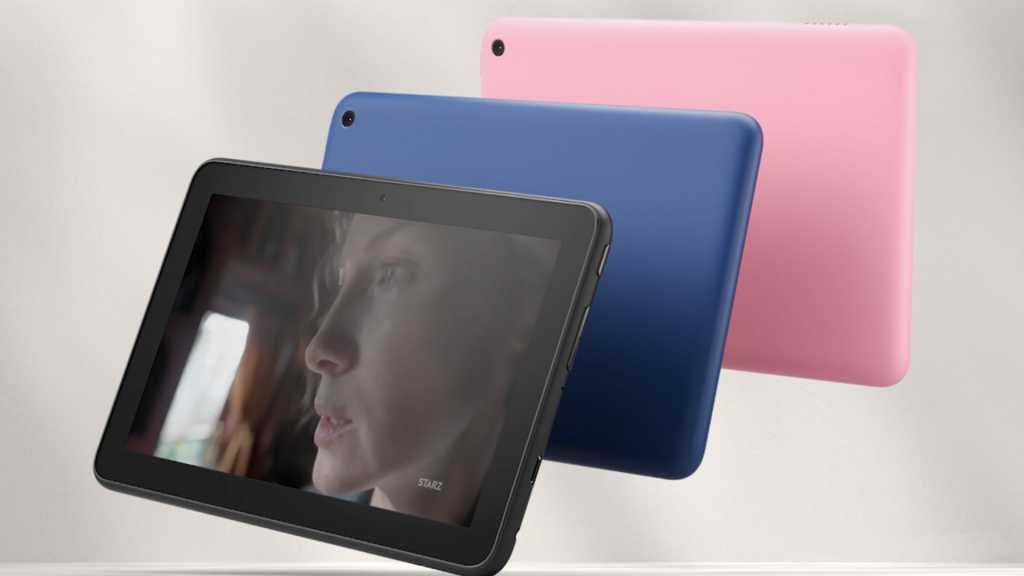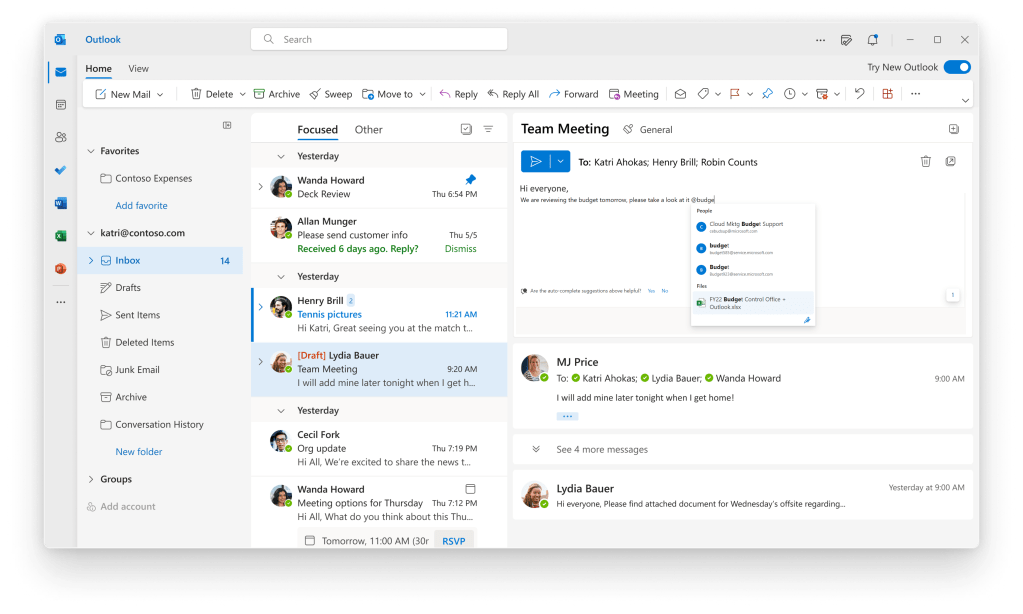The Microsoft Store app suffers from two major flaws: it doesn’t have as many apps as users would like, and what apps there are suffer from a plague of infrequently updated lookalikes. Microsoft seems intent on solving the first problem by making the second potentially worse.
Microsoft said Tuesday at its Microsoft Build 2022 conference that the Microsoft Store is “open to all,” meaning that it has removed a waitlist program for Win32 apps. The store is now open to all app developers. Microsoft also announced an ad program, Microsoft Store Ads, which will allow developers to create ad campaigns to promote their apps within the Store app. Microsoft will also begin testing a “restore” feature that will automatically load apps that Windows users own when setting up a new device.
It’s true that the Microsoft Store on Windows represents one of the improvements Windows 11 offers versus Windows 10. It’s detailed and well-organized, with comprehensive features that range from ratings to a recommendation for whether the app will run on your PC. Developers have apparently responded. In the first three months of 2022, Microsoft says, there was a more than 50 percent increase in new desktop apps and games added to the Store, versus the same period last year. Unfortunately, Microsoft hasn’t said exactly how many apps those numbers represent. (It’s slightly less hazy on the total userbase of Windows 10 and 11: A combined 1.4 billion people.)
We have a better idea of how many apps Microsoft’s competitors offer. AppBrain estimates that there are 2.66 million apps on Google Play, with 36 percent of those rated as “low quality.” Apple’s App Store has more: just under 5 million as estimated by Statista. We can assume that Microsoft probably has significantly less than either of its two competitors, and a small fraction of the available Windows apps. In 2018, Microsoft corporate vice president Michael Forton characterized the Windows ecosystem (not the Store) as totaling 35 million applications.
That’s all to say that Microsoft is probably feeling a little insecure about its app count, as well as the potential for revenue for selling through the Store. (Developers can use their own payment mechanisms and keep all of the revenue; otherwise, Microsoft charges just 12 percent for games and between 5 to 15 percent for apps.) Adding more apps will also potentially lessen the clout of Valve’s Steam and the Epic Games Store. The Store has several other issues, such as the way in handles game downloads, but adding more apps would be a start.
“Any app that runs on Windows, including C++, WinForms, WPF, MAUI, React, Rust, Flutter and Java, is welcome in the Microsoft Store,” Microsoft wrote.
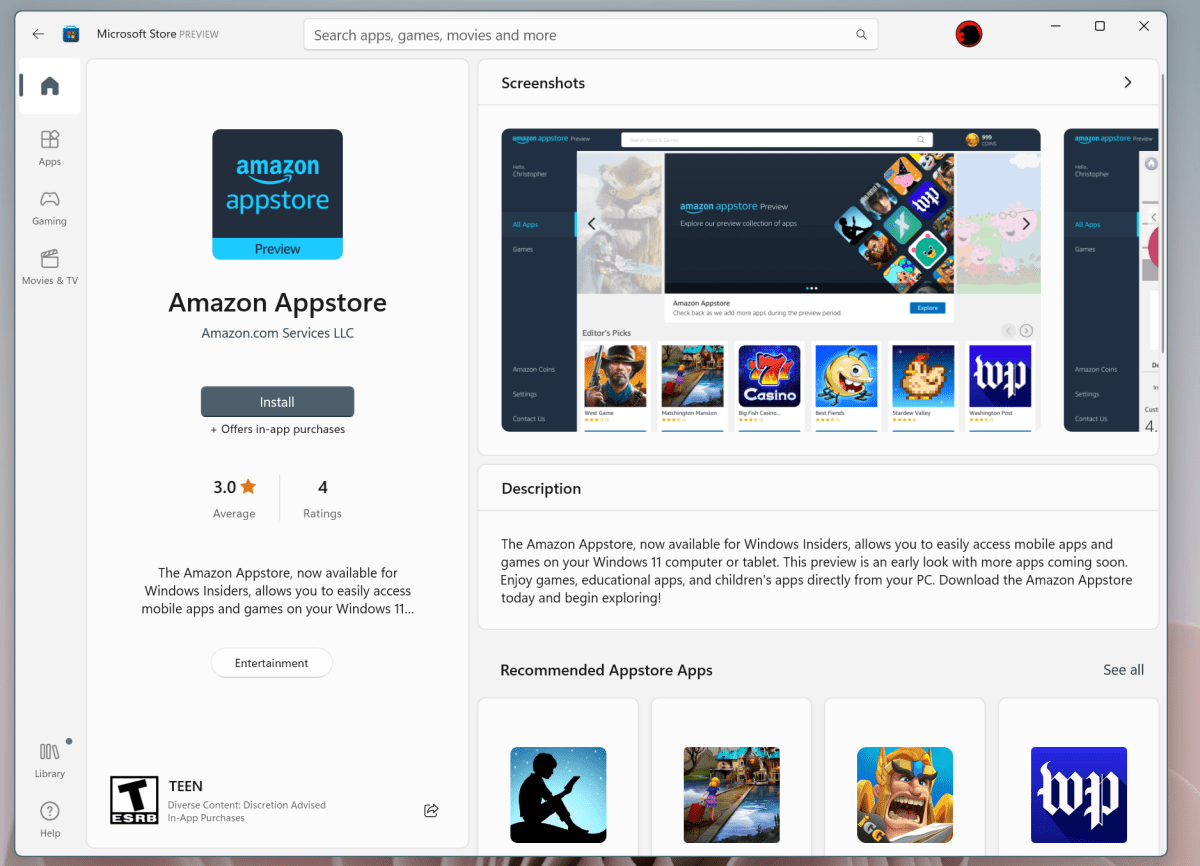
Mark Hachman / IDG
Microsoft is not saying that just any app will be approved, however. The company will still adhere to the principles for its app store that the company laid out in February. But those principles also focus on how apps are marketed and sold on the app store, and how Microsoft will not promote its own apps over those developed by a third party. The principles include “reasonable and transparent standards for quality and safety,” but don’t specify what they are. Microsoft’s Store Policies, specifically its quality guidelines, do offer more detail. But they seem to be more advisory than anything else.
Can Microsoft control the crapware?
But adding more apps doesn’t necessarily eliminate the other major problem the Microsoft Store has: crapware. Duplicates. A well-curated Microsoft Store would promote the best Windows apps available, and not clutter its shelves with deceptive knockoffs. But that’s exactly what’s happened, to the point that the developer of popular audio editor Audacity uploaded the “proper” version to the Microsoft Store in an attempt to rid it of paid knockoffs of the free Audacity app.
“Due to the ludicrous number of fake ‘Audacity’s on the Microsoft store, which charge users for non-functional or very limited applications, I’ve now (finally) taken the name back and have published the proper, free version for the first time,” developer Martin Keary tweeted.
That doesn’t seem consistent with the quality guidelines mentioned above, which include advice on not to ride the coattails of other apps. “Be original and distinctive,” they say. “For example, a title that’s a variation on the spelling of another app can cause confusion and a unique title can help your app stand out.”
To be fair, a search for “Audacity” on the Microsoft Store today doesn’t turn up any of those Audacity knockoffs, which means, in part, that Keary succeeded. We can’t say for certain that the existing waitlist held back even more knockoffs that would otherwise have cluttered the Microsoft Store. It does feel like ending the waitlist will simply usher in more low-quality applications alongside the “real” versions. We asked Microsoft for comment on the matter, and company representatives declined to comment on the record.
At least it doesn’t appear thar Microsoft’s new Store ads will be particularly obnoxious, based upon an example Microsoft provided to the press. But the suggested apps also take up space that could otherwise be dedicated to search results.
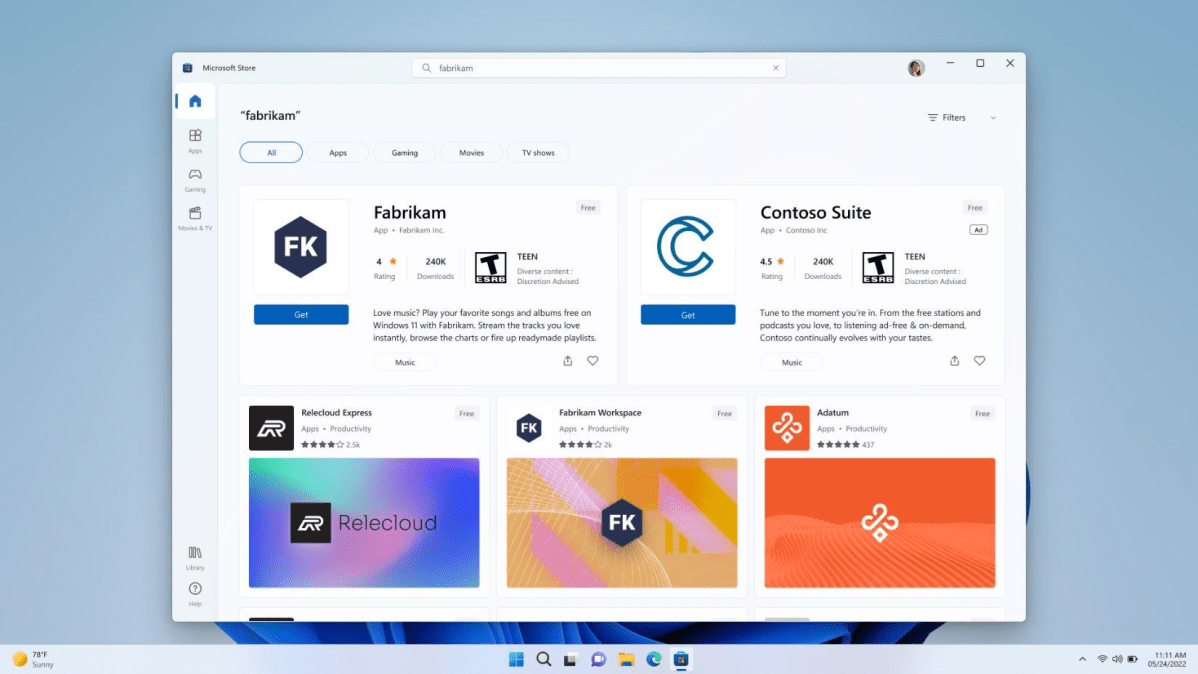
Microsoft
Microsoft’s attempts to surface relevant ads also have a few twists that we aren’t sure how they’ll play out. For one, Microsoft appears to be interested in letting app developers who store data in the cloud to inject their own content into what was previously neutral ground within Windows: File Explorer, for example, and file dialogues. It isn’t clear what content would appear here, and whether or not it would be unsolicited. “This would enable Windows to show your app and app content to users in the right context, providing a seamless app installation and content discovery experience across devices,” Microsoft said, in a blog post authored by chief product officer Panos Panay. “Stay tuned for more on this front.”
Some, though, we know already. According to a blog post by Microsoft Store general manager Giorgio Sardo, Microsoft will begin embedding “badges” for Store downloads on other websites, essentially allowing one-click downloads of Store apps. Store apps will also begin appearing in Windows Search results from your own PC as suggested downloads.
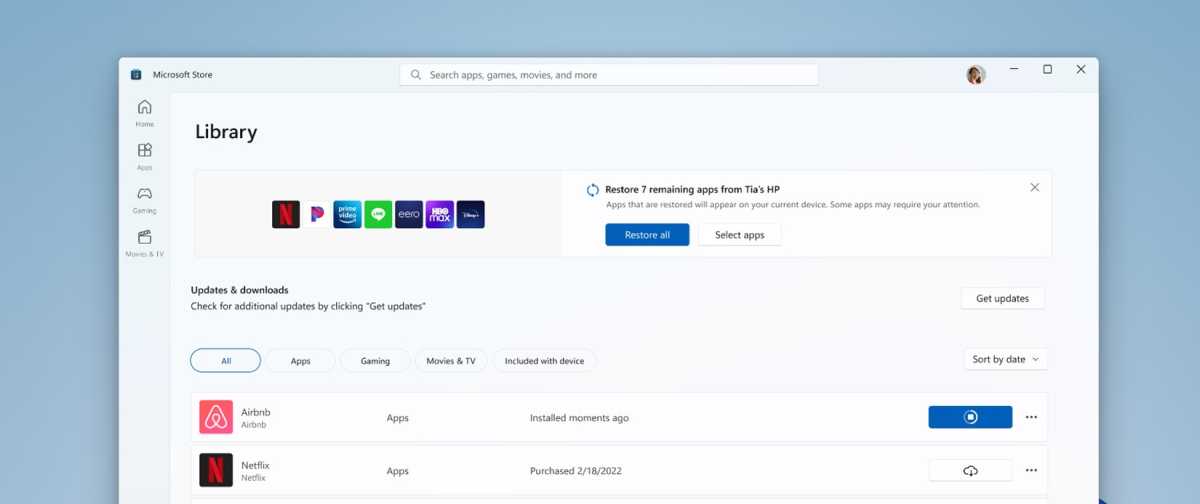
Microsoft
Microsoft will also begin allowing Windows users to automatically download, or “restore” apps that they’ve previously installed from the Microsoft Store. It’s not clear how that will differ from existing options to set up new PCs like other devices Microsoft knows are tied to your account.
Microsoft, however, has succeeded on one issue: de-coupling parts of Windows and pushing them to the Store, allowing them to be released with their own feature roadmaps on their own schedule. The latest addition has been the Windows Subsystem for Linux, Microsoft said.




